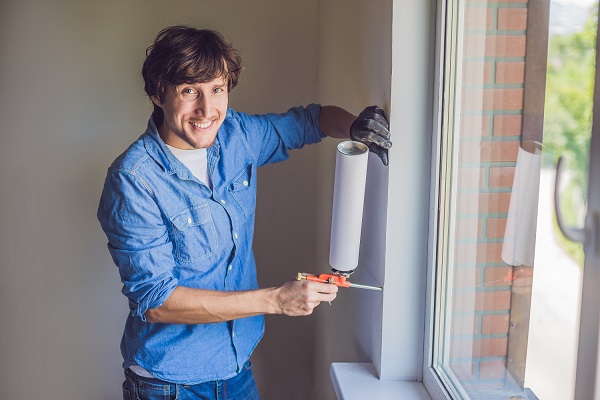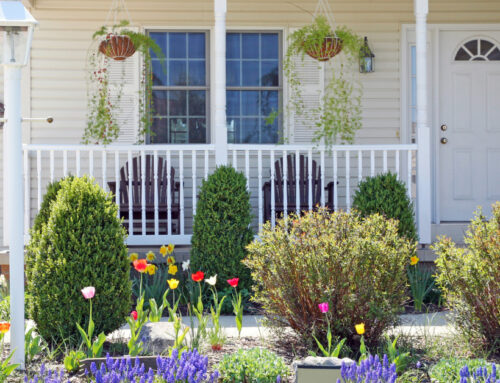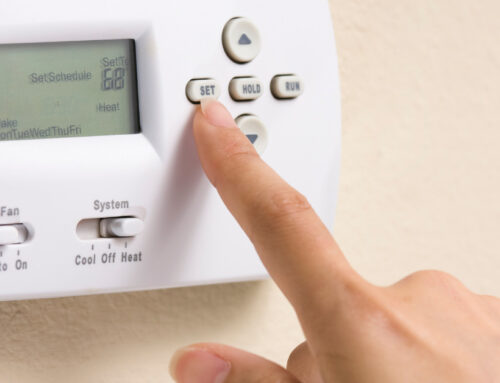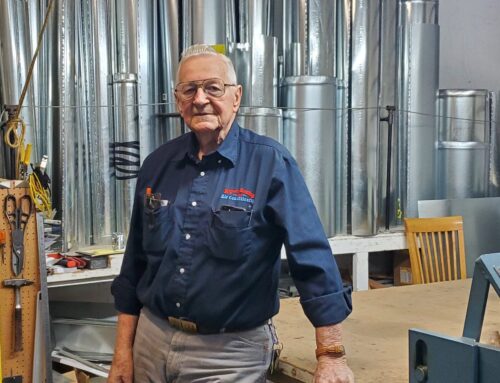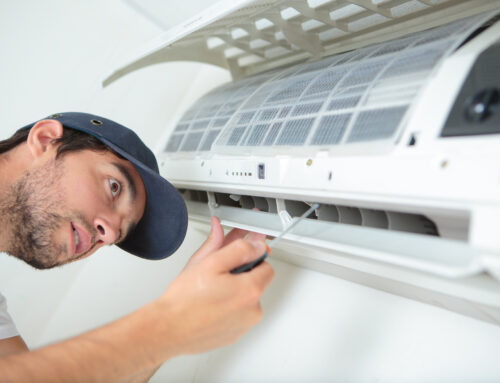7 Ways to Prep Your HVAC System for Winter
If you haven’t already, you’ll probably be turning your thermostats to “heat” in the near future (for those of us who have a furnace instead of, say, a woodstove). While we recommend yearly maintenance and upkeep on your heating and air conditioning equipment, now is a good time to make sure that your furnace and home heating systems are in good working condition to keep you comfortable throughout the colder months.
We put together a checklist to get your HVAC systems as winter-ready as possible this fall.
- Change your air filters
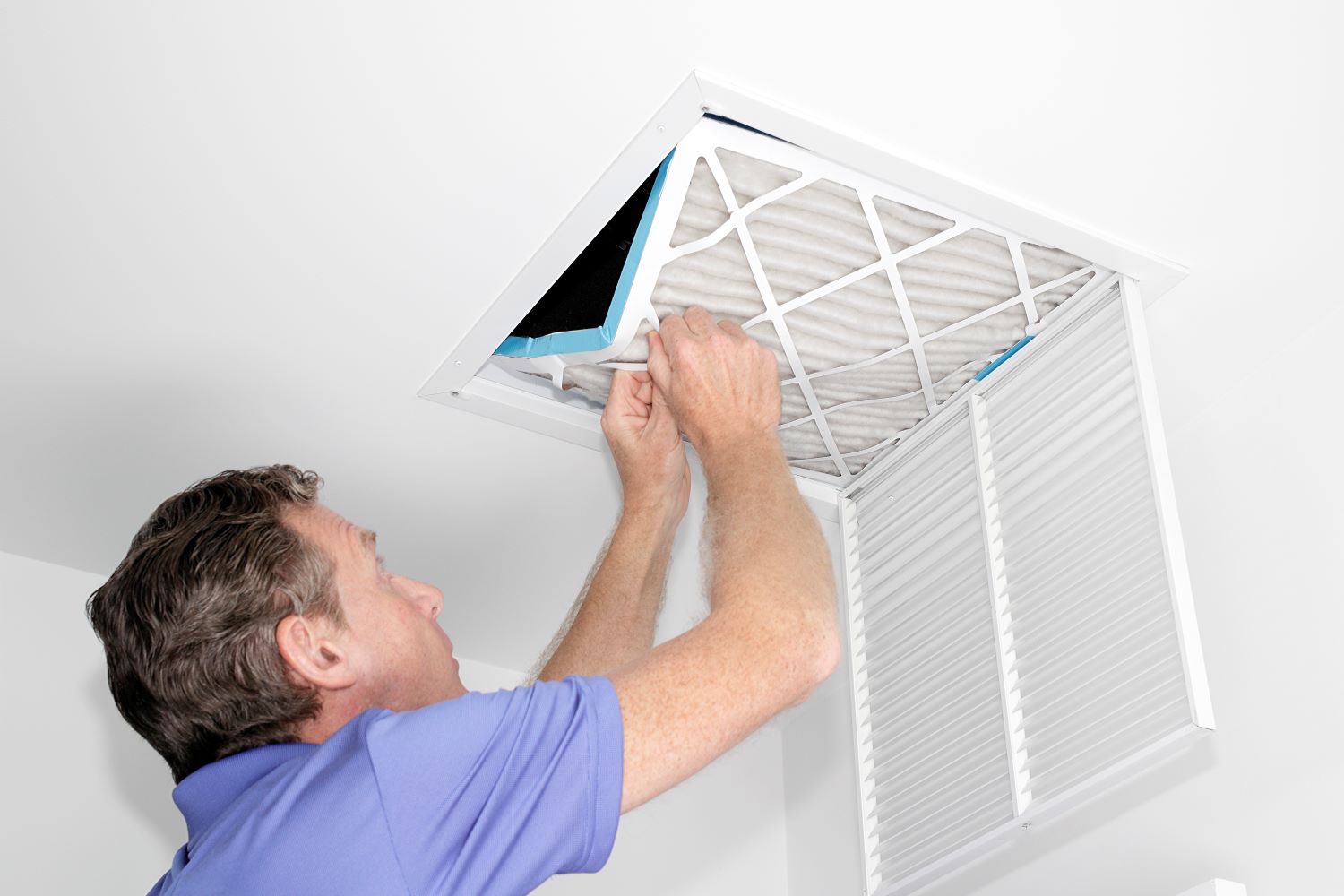 Air filters are responsible for removing particulate matter (dust, pollen, pet dander, molds, and more) from the air in your home. A clean air filter also helps your HVAC system run more efficiently as a clogged filter can cause your system to work harder, resulting in energy loss or even a faster degradation of your equipment. We recommend changing your air filter at least twice a year, but it’s an especially good idea to replace it after the fire and smoke season we recently experienced.
Air filters are responsible for removing particulate matter (dust, pollen, pet dander, molds, and more) from the air in your home. A clean air filter also helps your HVAC system run more efficiently as a clogged filter can cause your system to work harder, resulting in energy loss or even a faster degradation of your equipment. We recommend changing your air filter at least twice a year, but it’s an especially good idea to replace it after the fire and smoke season we recently experienced.
- Schedule maintenance
Just like a vehicle, for example, your furnace needs regular maintenance to ensure it is operating safely and properly, and to find potential issues before they become emergencies. Ask us about our annual maintenance program as soon as possible if your furnace has not been serviced in over a year. We recommend servicing your furnace and AC every year.
- Clean around your furnace
Since your furnace likely hasn’t been used in several months, be sure the area immediately around it is clean and free of any hazards. We recommend calling a professional if you suspect the burners or blowers need attention, but you can do a visual inspection of the exterior areas on your own. Clear away any cobwebs and be sure nothing is placed or leaning within two to three feet of the furnace.
- Check and unblock vents
Whether or not you had your central AC running during the summer, it’s a good idea to run a visual inspection of your floor, wall and ceiling vents. Be sure that all airduct vents are open to allow your system to run efficiently. If furniture is blocking any of your vents, consider moving it to allow for optimal operation of your equipment.
- Run a test of your system
Before you really need it, be sure to turn your furnace on a few times and allow it to run. Pay close attention to any unusual sounds, smells, or visual changes (like leaks or smoke) and make sure the house does actually heat to the desired temperature.
- Test your carbon monoxide detector
Most furnaces burn gas and therefore can produce carbon monoxide. The carbon monoxide that your furnace produces is mainly contained within the unit, however, to ensure the safety of you and your family, it’s a good idea to regularly test your carbon monoxide detector and replace the batteries annually. Each detector will differ, but many have a test button on the front of the unit that will emit a shrill noise when pressed or pressed and held.
- Check the house for leaks
One way to keep your home a little warmer in the winter is to ensure your home is properly sealed. Having a properly sealed home means that less heat can escape and that less cold air is sucked in due to pressure changes inside the home. While you may need to call in a professional to help with larger issues, you can check and possibly repair common air leaks. Look for gaps in door and window jams, around the ducts in your vents, and in your attic and/or crawlspace and do your best to fill or insulate these areas.
It’s our mission to make sure you are comfortable in your home! If you have any questions or concerns about the operation of your home’s heating, air conditioning, or ventilation, reach out to us for help.
— Dirk

